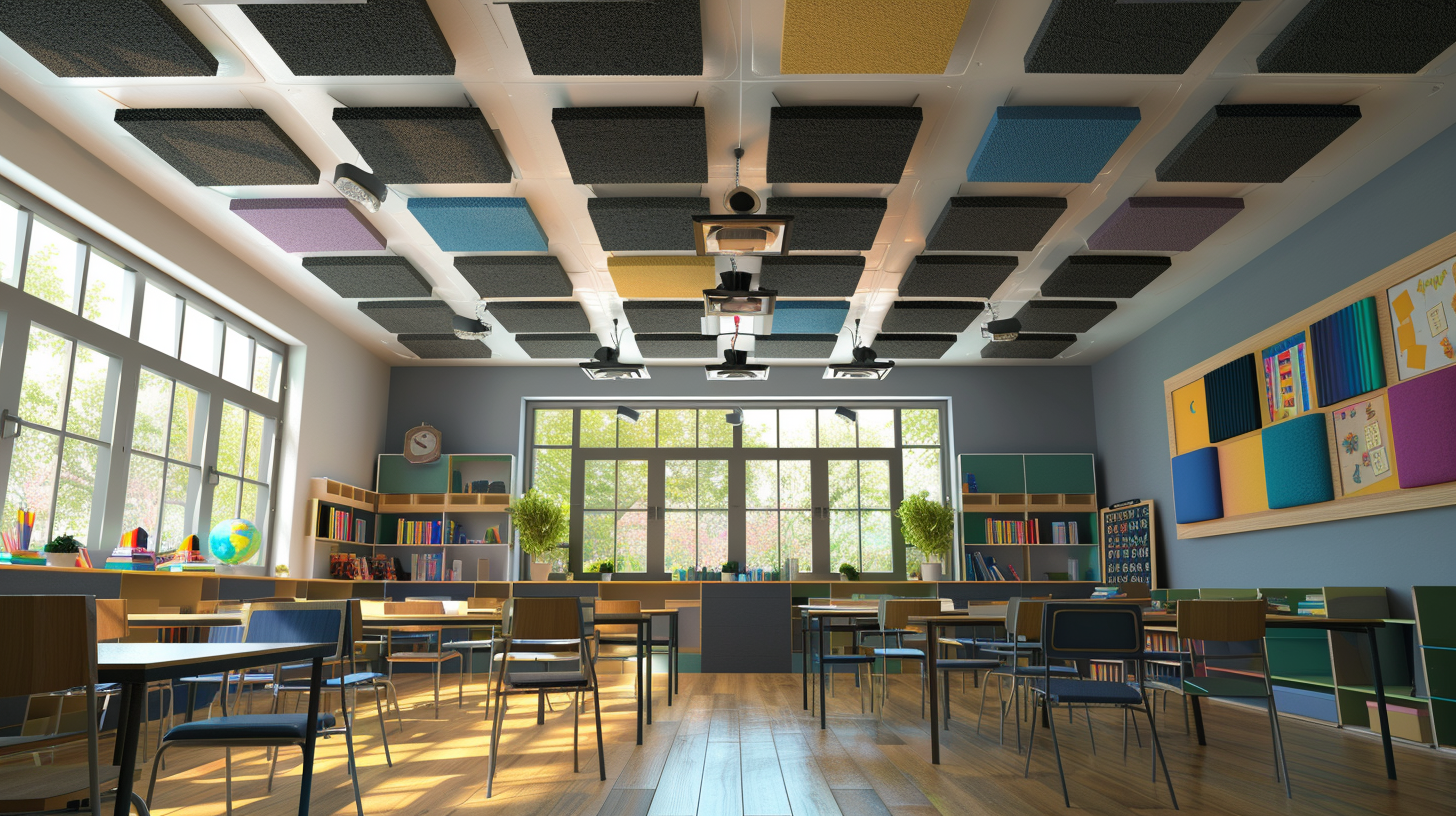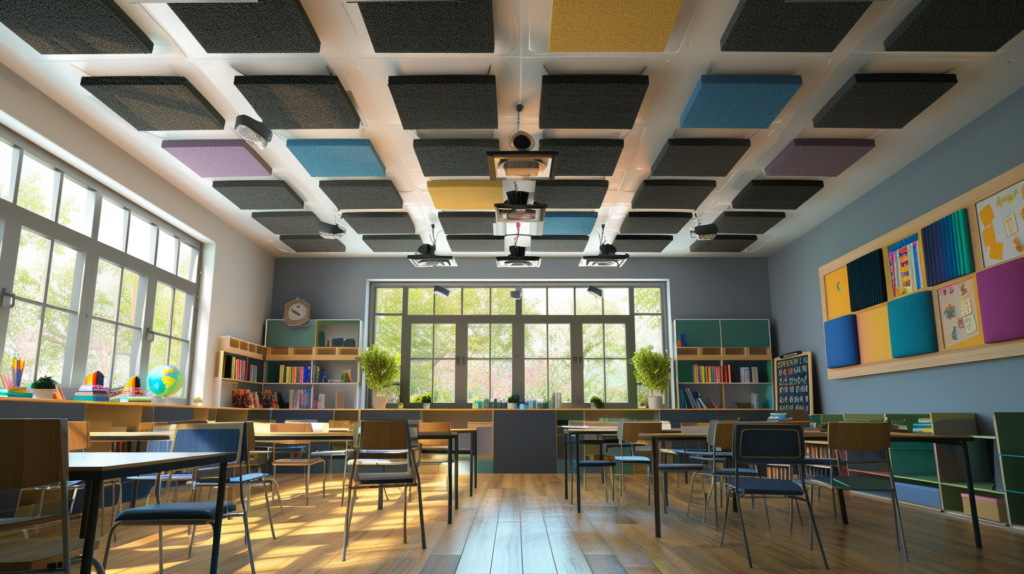
Table of Contents
Defining the Scope: Exploring School Ceiling Solutions
Searching for the term school ceiling has many possibilities. Are we searching for what for the school ceiling? Are we talking about material types to use for a school ceiling? Whatever our choice we must focus on an actual definition. We receive a lot of calls from churches and schools regarding treating the excessive reverb in certain rooms within the church or school.
Reverberation is how long a sound stays around within a room after it has been sung, spoken or played. It is a sound that has overstayed its welcome and is producing distortion. That distortion is termed speech intelligibility. Speech intelligibility is defined as to how many words within a ten word sentence one can clearly hear in any room. When we design critical listening environments at Acoustic Fields, we use a SI of 80 or higher. An SI of 80 means that one can clearly hear 8 words out of every 10 words. Our brains tend to fill in the missing words.
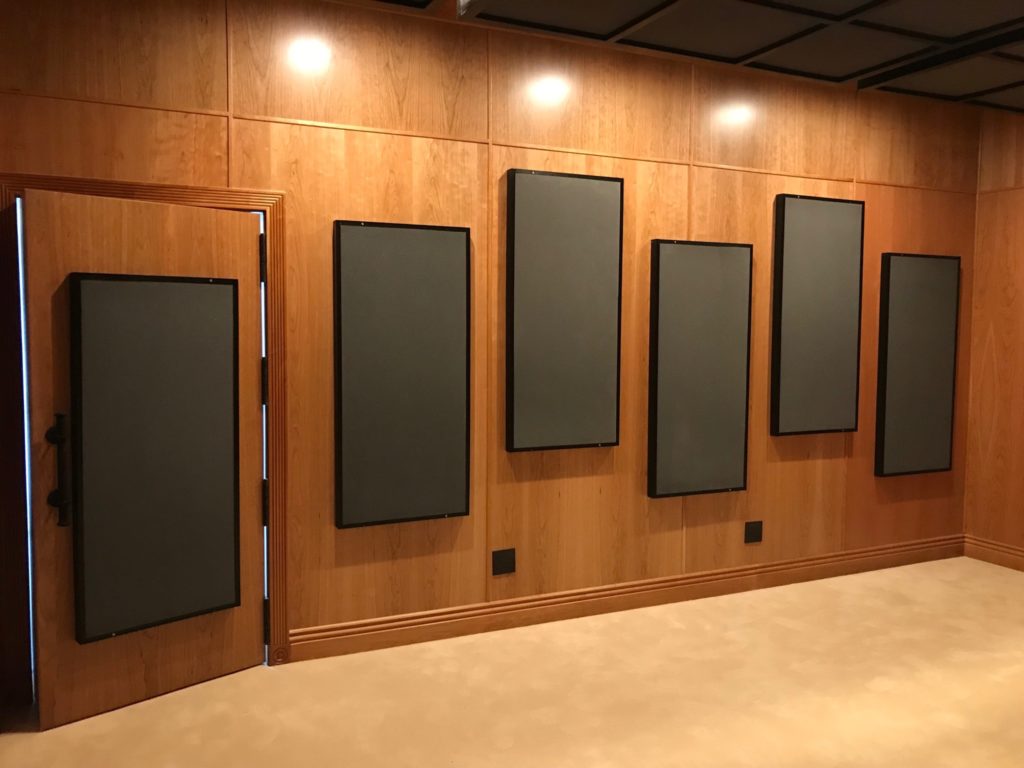
Addressing Reverberation: The Quest for Clarity in Schools
Reverberation is sometimes referred to as echo. Echo is a repeating signal usually over distance. Reverberation is the summation of reflections from our room floors, ceilings, and walls. The sound within our rooms, strikes the wall surfaces and is reflected back through the room in many directions bouncing throughout the room. Every surface area within the room contributes to the room’s overall reverberation times.
Every surface area within the room contributes around 17% to the total reverb time within the room. Reverberation is a measure of decay of a sound. It is a measure of the decay from the fundamental to the harmonic. Every room usage is different and reverb time is subjective in nature. A vocal booth will have a different reverb time than a drum room. You must design for the targeted room reverb number to match your usage.
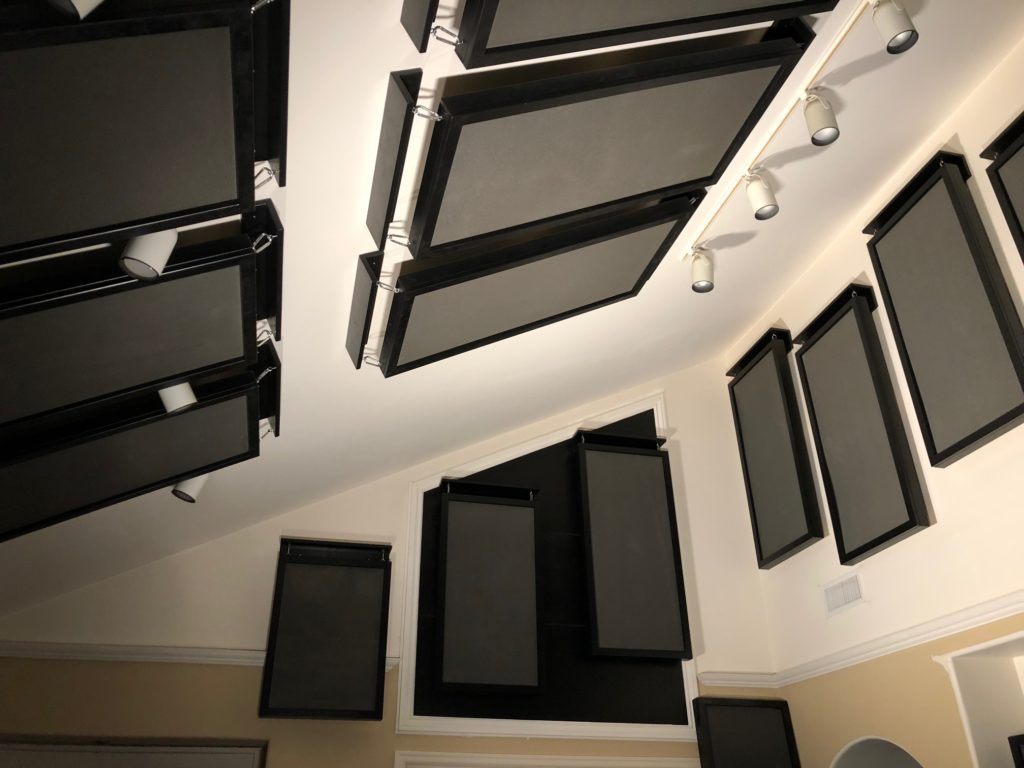
Echo vs. Reverberation: Understanding Acoustic Challenges
The chosen treatment for reverb time management is absorption technology. The chosen technology for a school ceiling must have two things going for it. It must go low enough in frequency and get enough in that frequency range. We need to focus on the frequency range from 125 hz. – 500 hz. We also need to absorb over 50% of each octave band within that frequency range.
In order to accomplish this goal we will use open celled acoustic foam. Our foam technology was created especially for voice and music. It is designed with a linear rate of absorption from 125 hz. – 500 hz. You can see our foam performance versus the competition in the graph below. Notice the smooth performance from 125 hz. – 500 hz. This is what we need in order to bring reverb times down into our target reverb ranges.
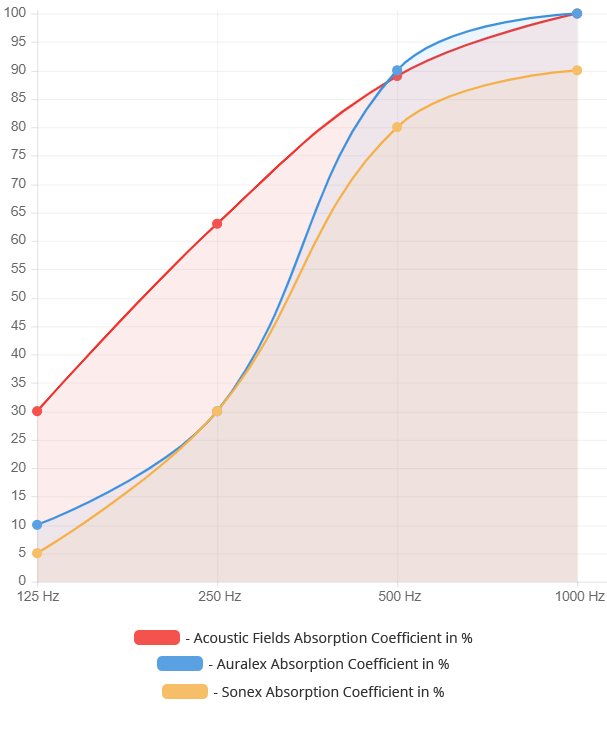
Innovative Foam Solutions for School Ceiling Acoustics
Most school ceilings are what is termed dropped ceilings. A wire frame is attached to the original ceiling and then a series of panels are placed within the grid. If we are going to treat absorption, we will need a panel design that fits within the dropped ceiling. We have taken the standard ceiling tile insert and attached our foam technology to it.
We trim the foam with a wood frame that can be painted any color. It is the most economical way to treat a school ceiling with enough surface area coverage to treat the ceiling surface area. THe ceiling is only one surface of a total of 6 surfaces within the room. We have the ceiling, floor, and the four walls. We normally focus on the four walls and the ceiling when we are treating reverberation issues.
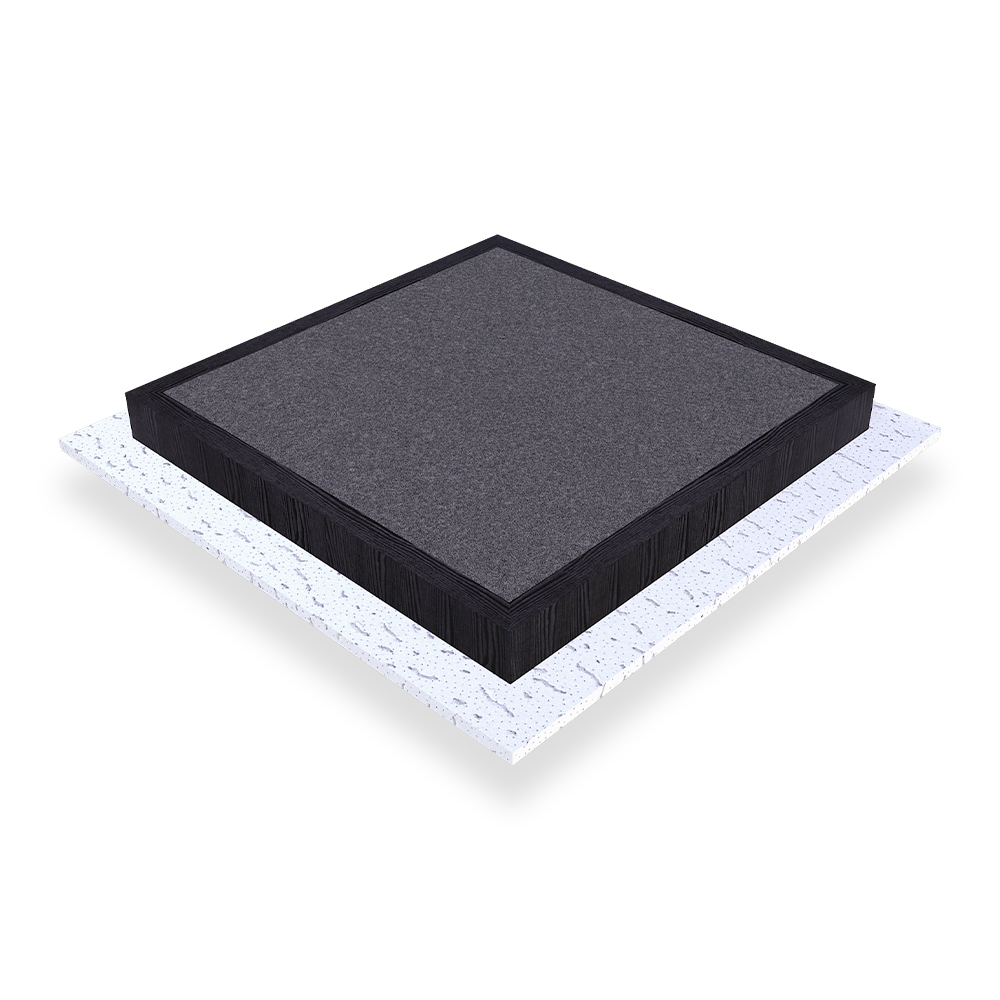
Strategic Reverb Management in Educational Spaces
When we set our design reverb times, we then proceed to analyze how much square footage of treatment coverage we need on each of the four walls. We start with the four walls since installing panels on the sidewalls is much easier than installing panels in the ceiling. However, if you are going to successfully treat reverb, most rooms tae somewhere in the 35% – 65% surface area coverage range.
Treating just one surface such as the ceiling is only treating 17% of the total issue. We need to treat at a minimum 50% of each surface area. With reverb management it is all about TAP. You must use the proper type of treatment, the proper amount of surface area coverage on each wall along with the proper positioning of the chosen technology.


